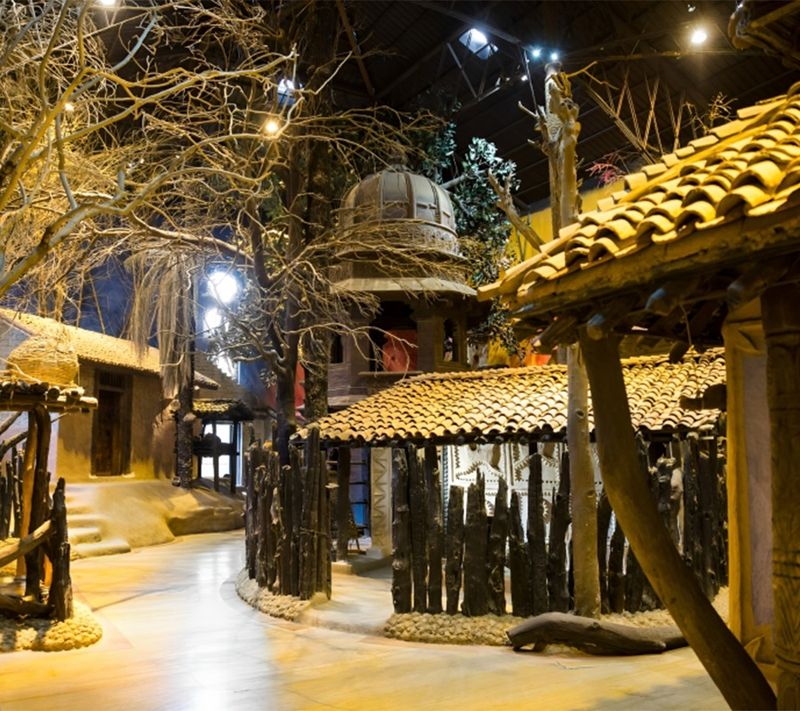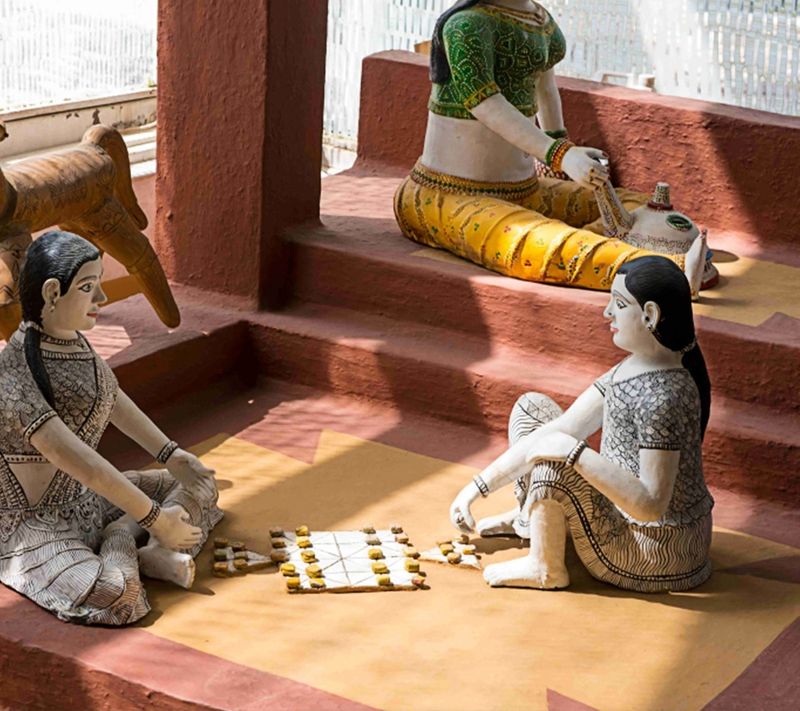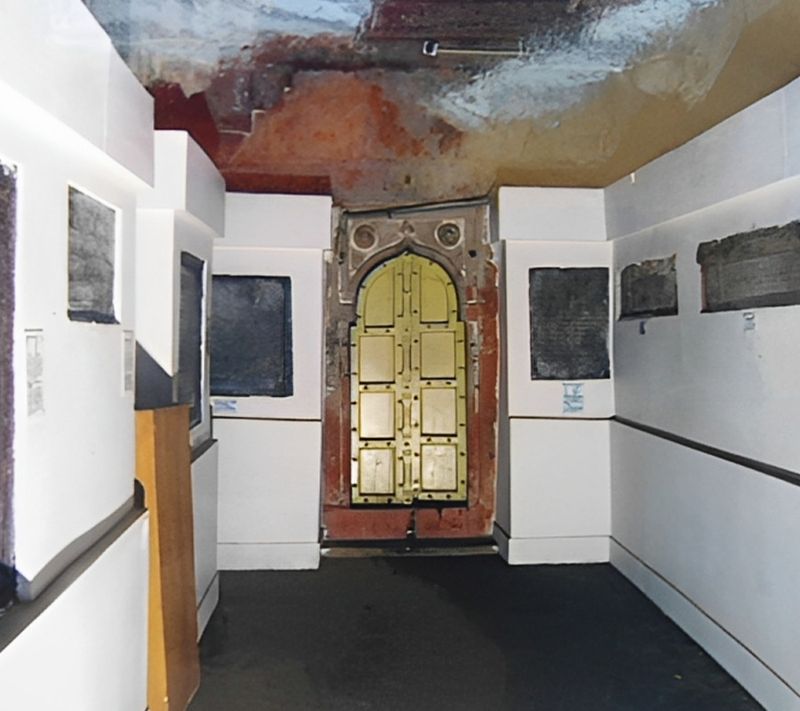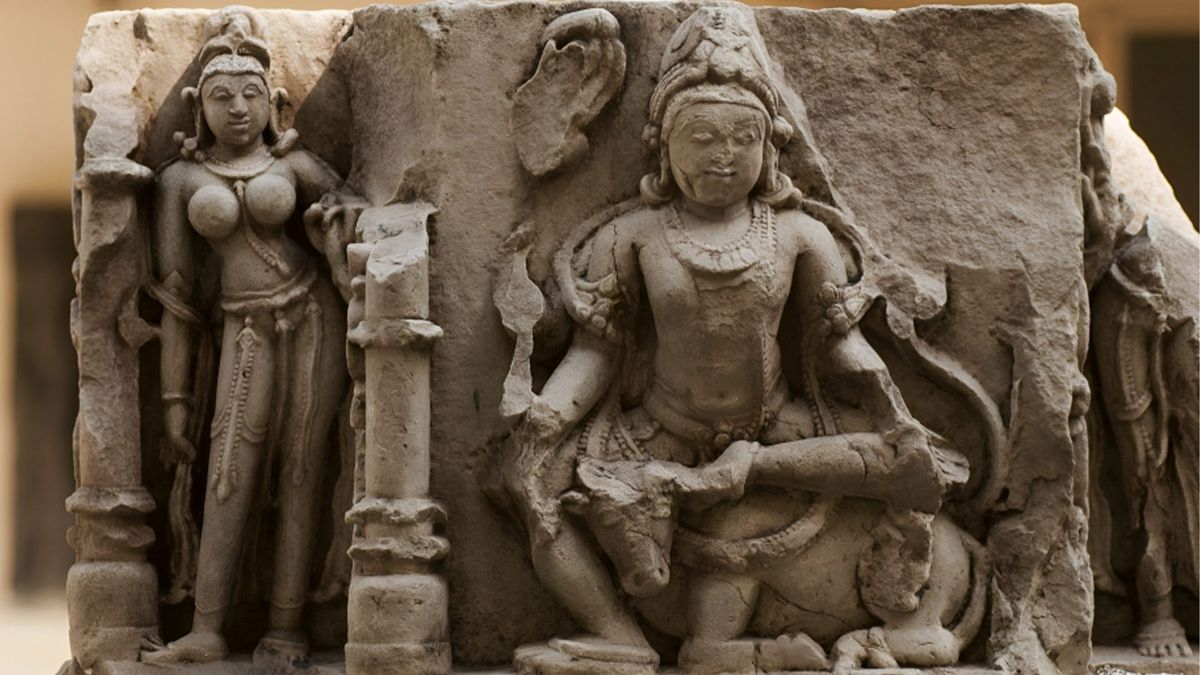The museums in Madhya Pradesh have been drawing attention for a while now. In December last year, the country's first infantry museum, showcasing the infantry corps’ history from 1747 to 2020, opened to the public in Mhow cantonment in Indore. Early this month, New York’s Metropolitan Museum of Art stated that it will return 15 Indian antique sculptures after learning they were smuggled from India. Among them is the sandstone Apsara, a 33.5 inches tall celestial dancer sculpture from mid-11th century Madhya Pradesh, worth $1 million.

Ahead of International Museum Day, the Madhya Pradesh Tourism Board has introduced a unique initiative that blends tourism with technology to connect people with the state’s rich history and culture. They have introduced QR codes for select museums, which on scanning give visitors detailed information in Hindi and English. The QR codes will allow the tourists to select a place of their interest and provide information about the historical significance of the museums. The app-based technology will be available in six museums — State Museum in Bhopal, Gujari Mahal Archaeological Museum in Gwalior, Maharaja Chhatrasal Museum in Mau Sahaniya, Dhubela Vedhshala in Ujjain, Triveni Museum in Ujjain, and Tribal Museum in Bhopal.
Eco-friendly initiatives and preservation of tribal communities

Catering to this year’s theme, the Tribal Museum in Bhopal and the Adivart Tribal and Folk Art Museum in Khajuraho are actively engaged in promoting sustainability and the well-being of the state’s culture and heritage. Sheo Shekhar Shukla, Principal Secretary, Tourism, and Managing Director of Madhya Pradesh Tourism Board, says, “These museums recognise the importance of preserving and showcasing the indigenous knowledge, art and traditions of tribal communities. They work closely with the local communities, fostering collaborations and partnerships to enable participation by the tribals. By exhibiting tribal artefacts, artworks and cultural practices, these museums play a vital role in creating awareness of the rich and diverse heritage of Madhya Pradesh. Moreover, they prioritise sustainable practices in their operations, while imbibing various eco-friendly initiatives, energy conservation and the responsible management of resources. By focusing on sustainability and the well-being of various cultures, these museums help in the preservation of the tribal communities and their heritage.”

Improving visitor experience with AI
The Vedhshala Museum in Ujjain is also embracing new and modern technologies, including the use of AI, to enhance the visitor’s experience and promote the understanding of astronomical artefacts. Sheo elaborates, “The museum has digitised its collection, creating a comprehensive database accessible through its website and mobile applications. Additionally, the museum offers virtual tours and augmented reality experiences to make it more engaging and interactive. Multilingual support is provided with the help of AI, enabling visitors to access information in their preferred language. By leveraging technology and AI, the Vedhshala Museum is adapting to the changing trends and creating a dynamic environment for its visitors.”

Madhya Pradesh has a rich cultural heritage and in a bid to broaden the reach of the cultural and historical flavour, the state has made efforts at various levels to digitalise tourism. MP Tourism is establishing various museums and interpretation centres under the Museum Grand Scheme of the Ministry of Culture to upscale the virtual and interactive museum domain in the state.

AI, the future of Indian museums
Needless to mention, the museum world is very different today than it was decades ago. To connect the future with the past through museums, connecting the modern world with the rich historical and cultural heritage of the region is important. Artificial intelligence (AI) holds great potential for the future of museums, not just in India but worldwide. Museums play a crucial role in preserving and promoting culture, and AI can enhance various aspects of the museum experience, including curation, preservation, interpretation and visitor engagement.

Talking about curation and collections management, Sheo explains, “AI can assist in the curation and management of museum collections. With advanced image recognition and machine learning algorithms, AI can automate the process of cataloguing and organising artefacts, making it easier for curators to document and categorise items. This can improve efficiency and accessibility, allowing museums to showcase a larger portion of their collections and provide more comprehensive exhibitions.”
Virtual and augmented reality experiences
By leveraging AI algorithms, museums can offer personalised recommendations to visitors based on their interests and preferences. AI can analyse the visitor data, including their browsing history and interactions, to suggest related exhibits and events that may interest them. This can increase visitor engagement and create a more tailored structure.

In fact, AI language processing capabilities can help overcome language barriers by providing real-time translation services. Visitors can access information about exhibits and displays in their preferred language.
Preservation and restoration
AI can aid in the preservation and restoration of cultural artefacts as well. Sheo shares, “Machine learning algorithms can analyse images and data from damaged artefacts, assisting conservationists in determining the best methods for restoration. AI-powered tools can help identify and mitigate potential risks to the artefacts, such as temperature and humidity fluctuations, ensuring their long-term preservation.”

While the scope of using AI to promote and preserve culture is vast, it is important to strike a balance between technological advancements and the preservation of traditional heritage. Sheo stresses how AI should be seen as a tool that enhances and supports the museum experience while respecting and preserving the authenticity and cultural context of the artefacts. “Furthermore, collaboration between AI experts, museum professionals, historians and local communities is crucial to ensure that AI technologies are applied in a culturally sensitive and responsible manner. It is important to involve local communities in the decision-making process and ensure that their voices and perspectives are heard,” Sheo concludes.

In conclusion, AI has immense potential to revolutionise the museum experience in India and promote its rich cultural heritage. By leveraging AI technologies, museums can enhance curation, interpretation, visitor engagement and preservation efforts while creating immersive and inclusive experiences.
10 must-visit museums in Madhya Pradesh
|




_1680115510246_thumb_300.png)
